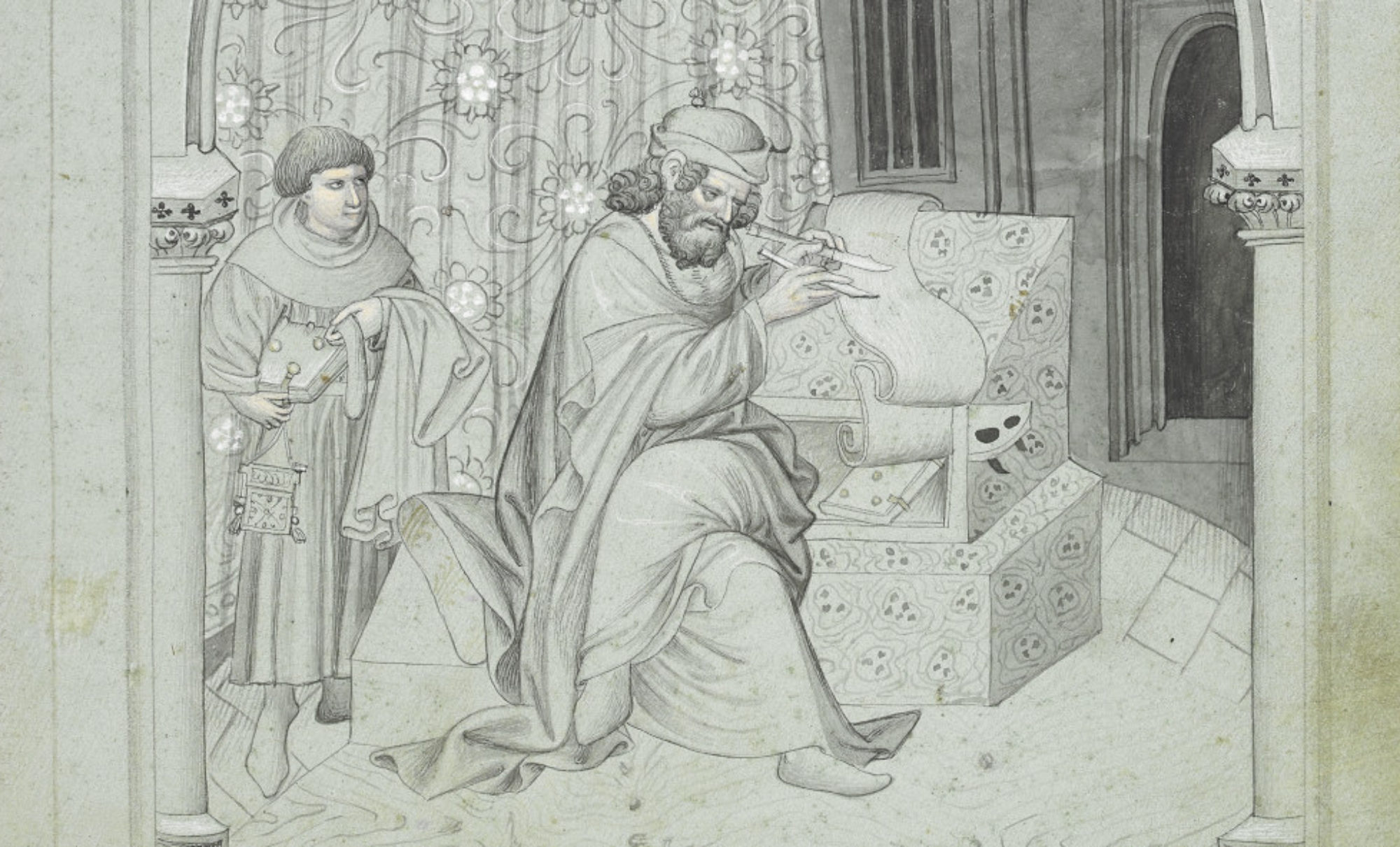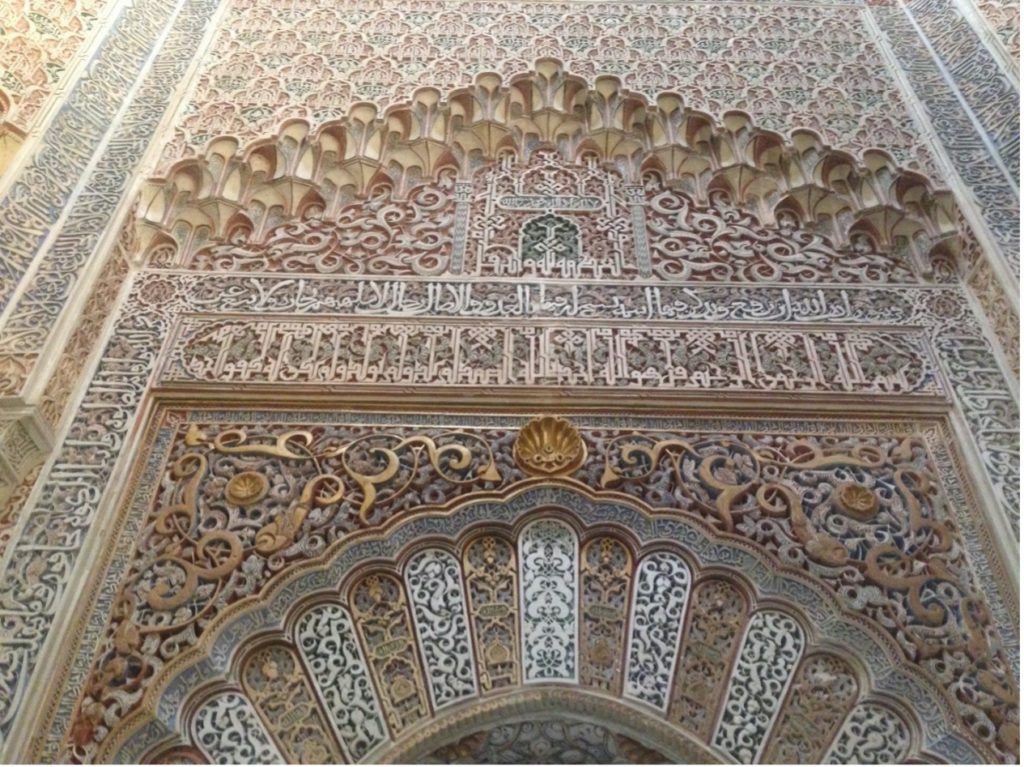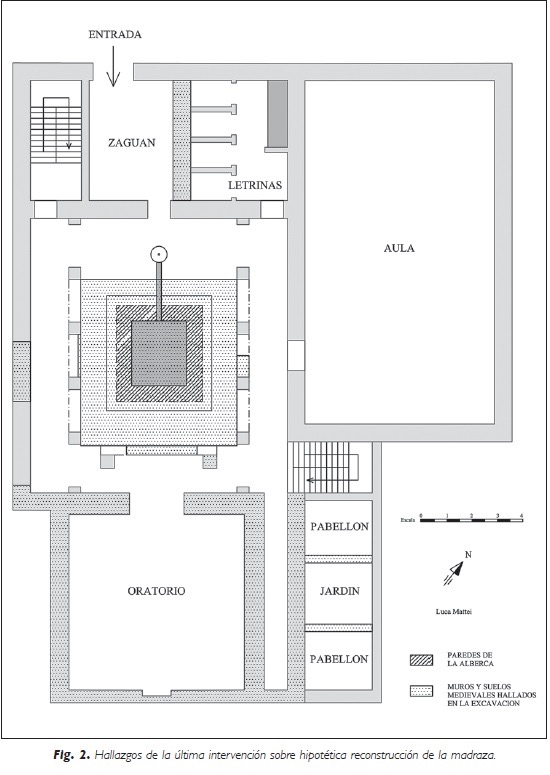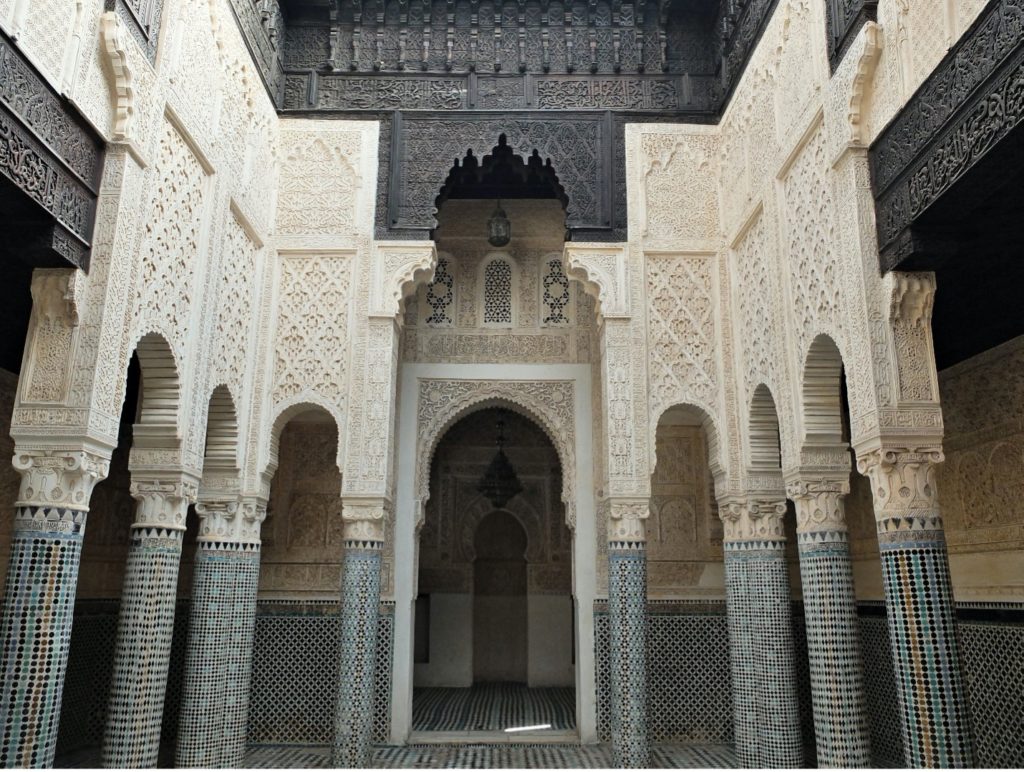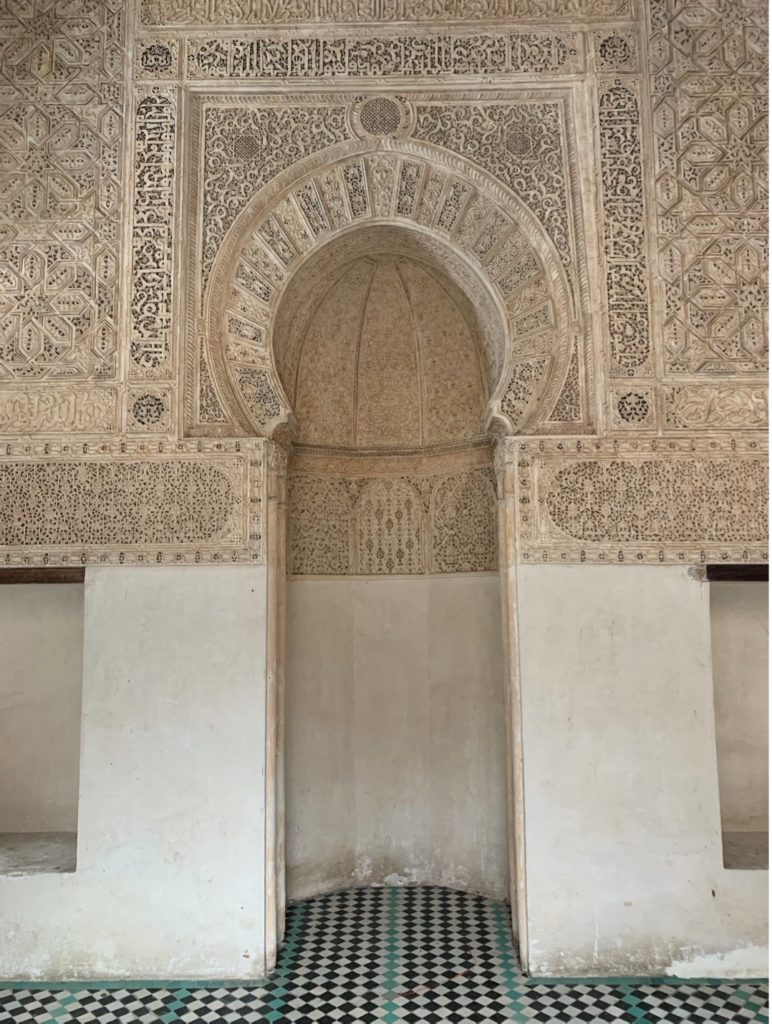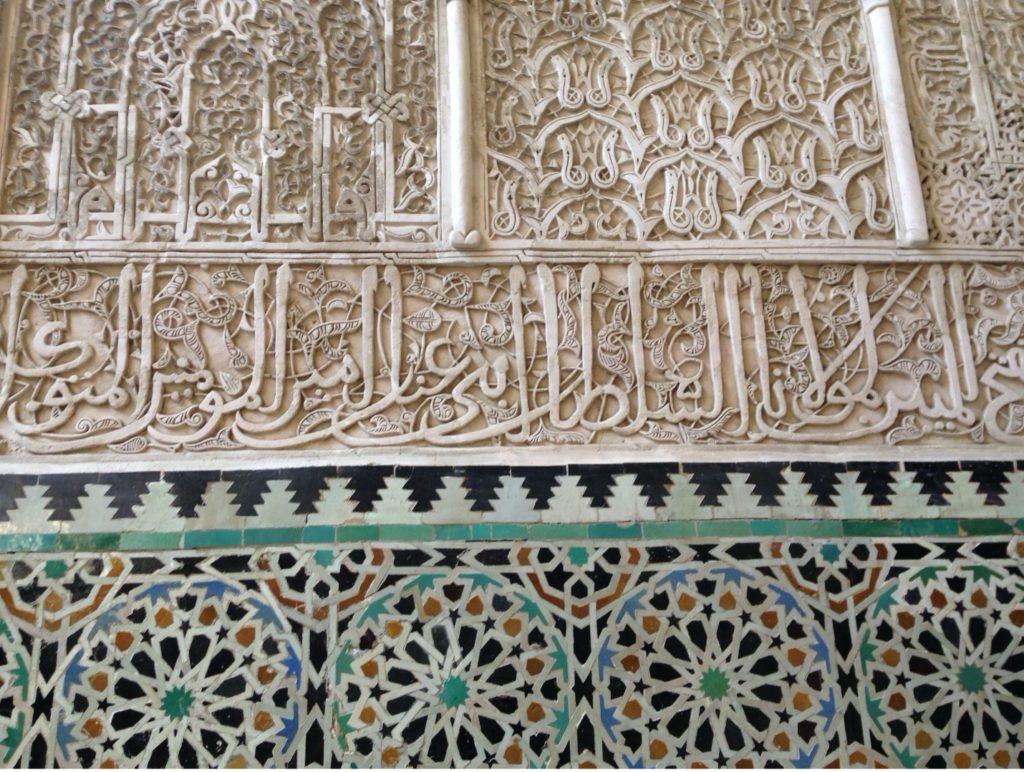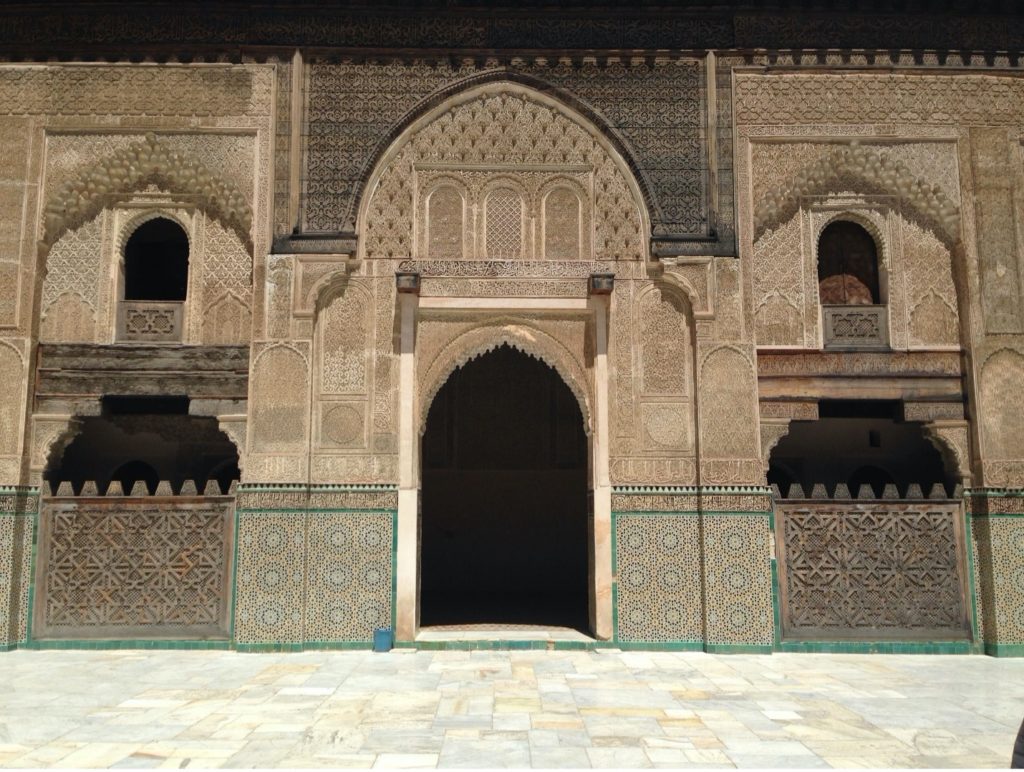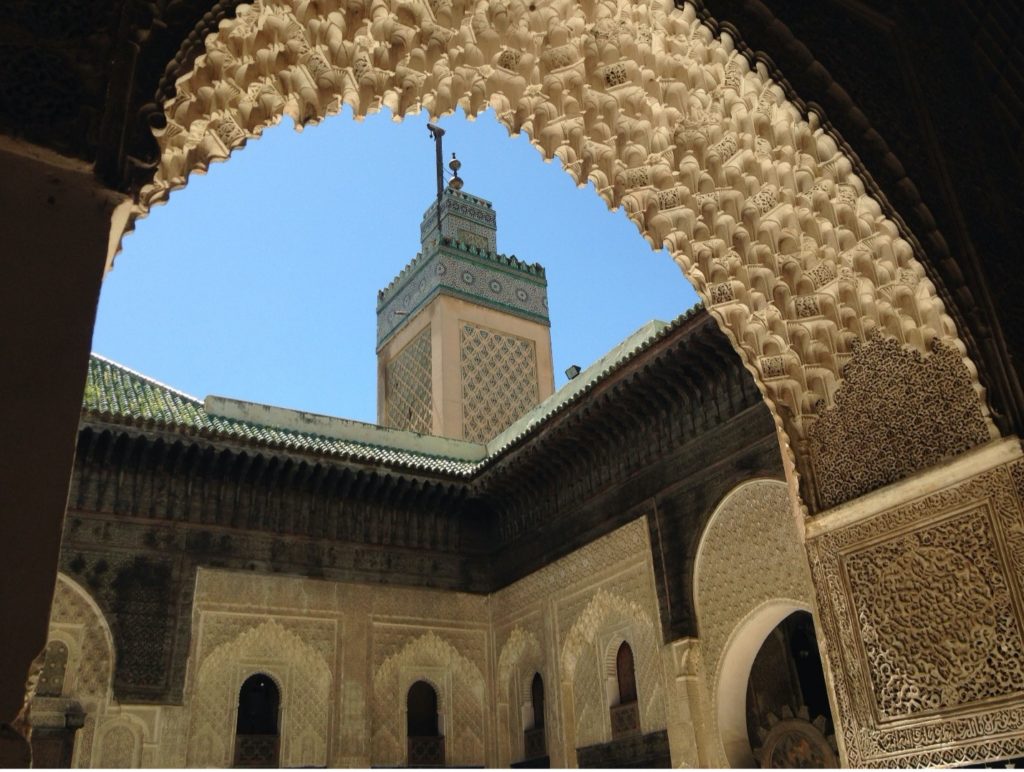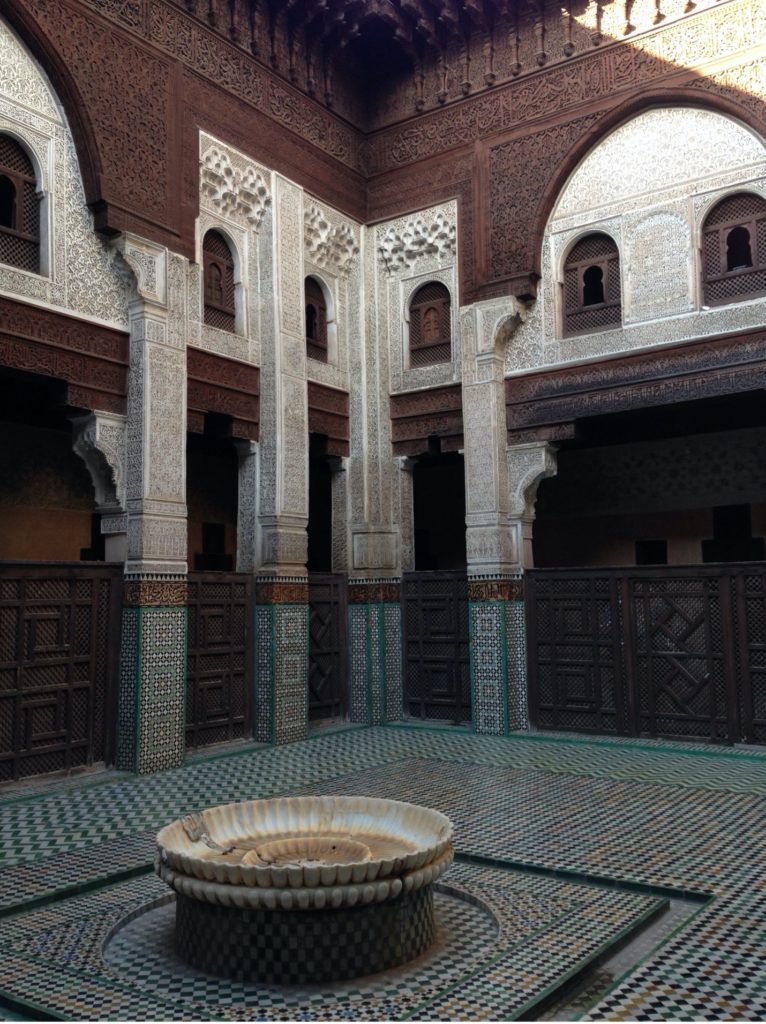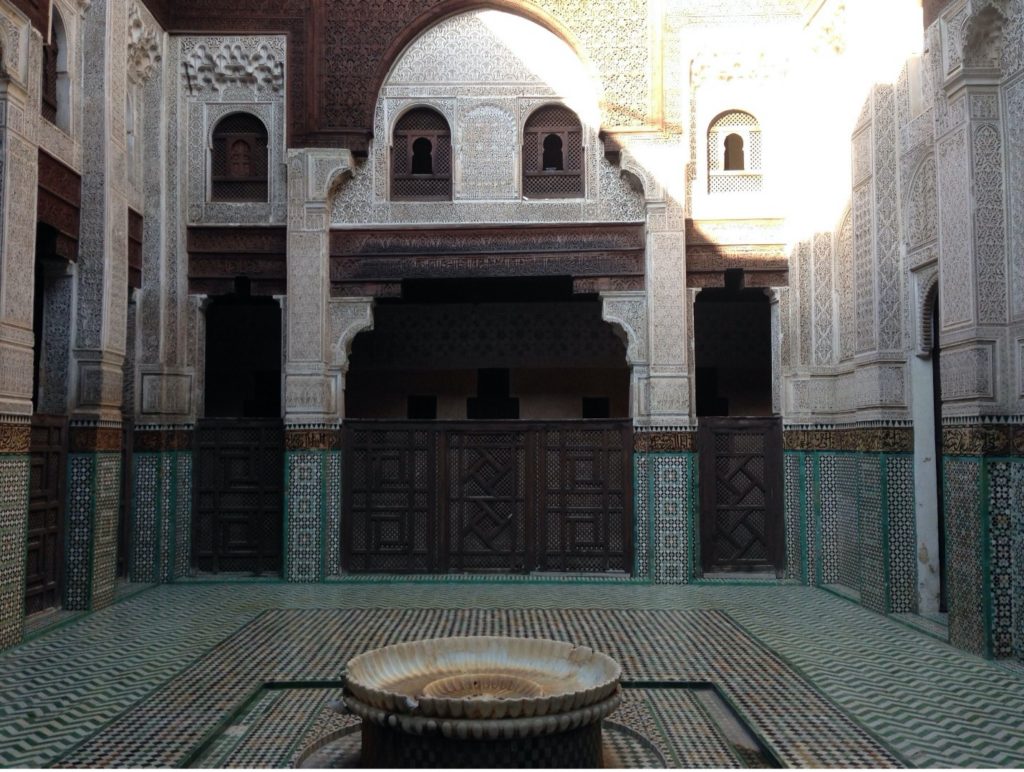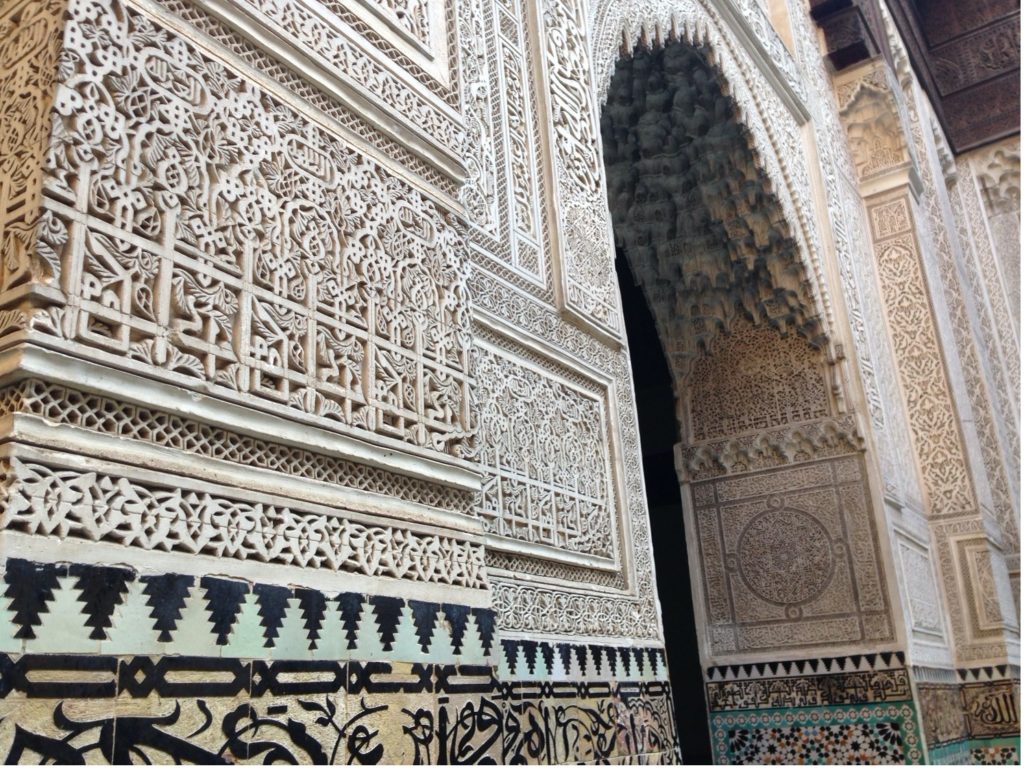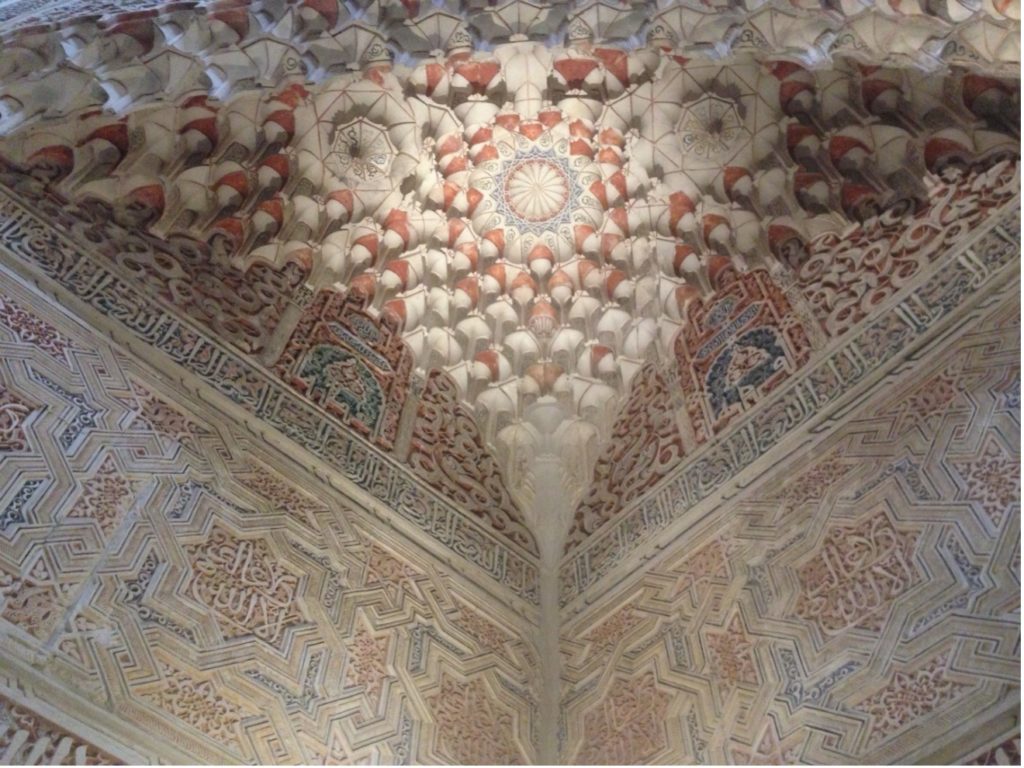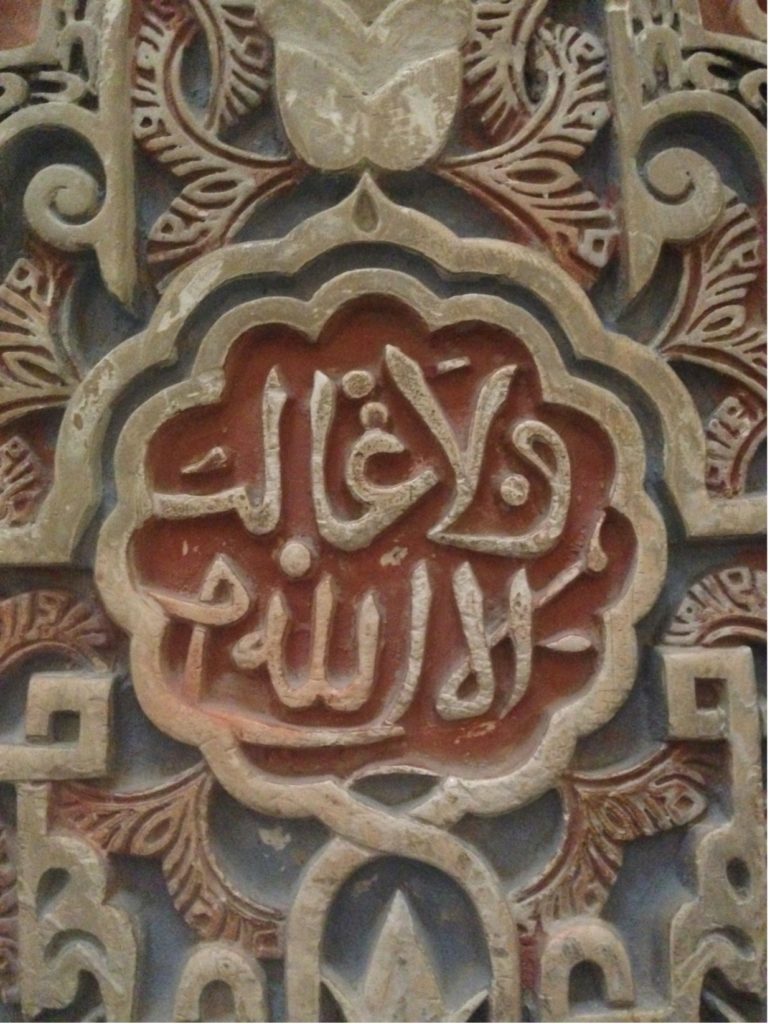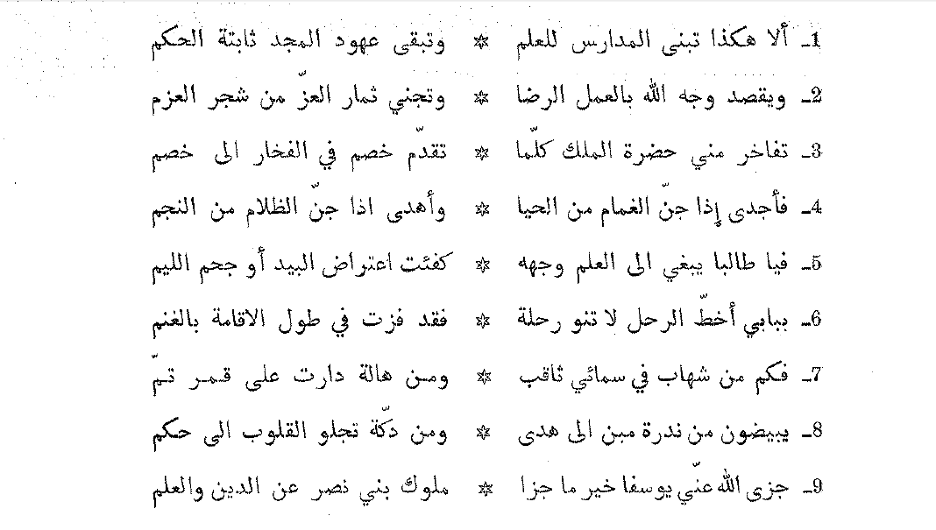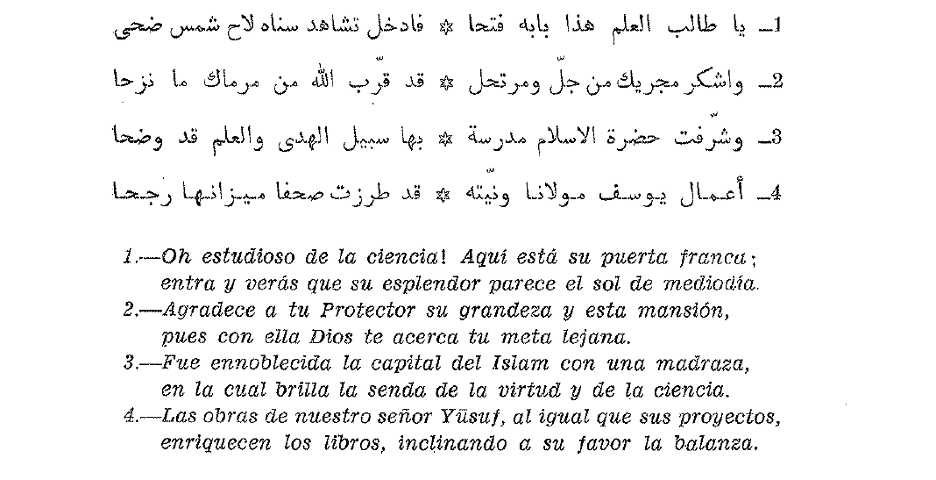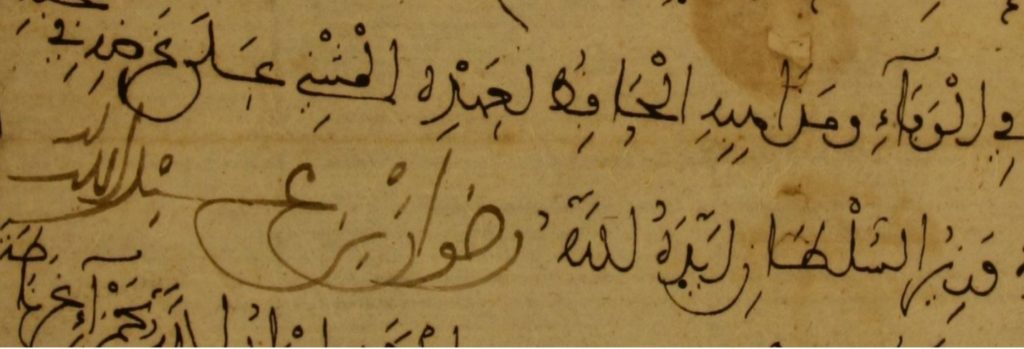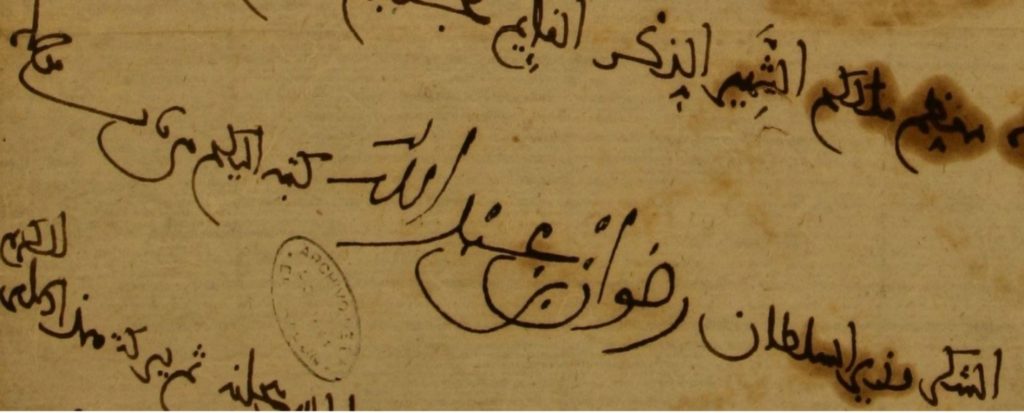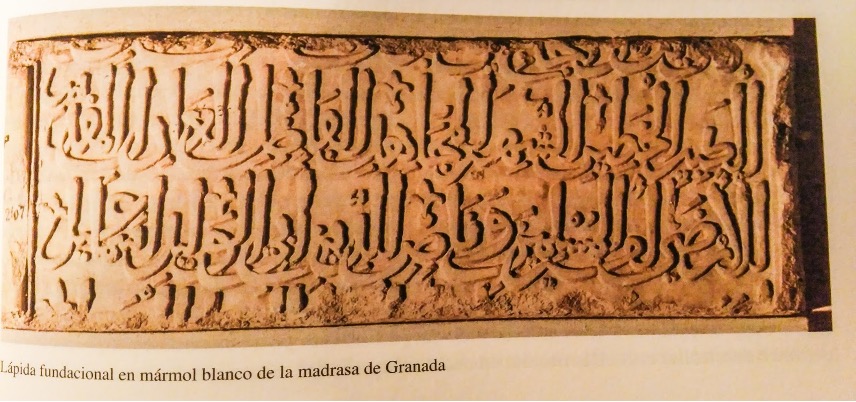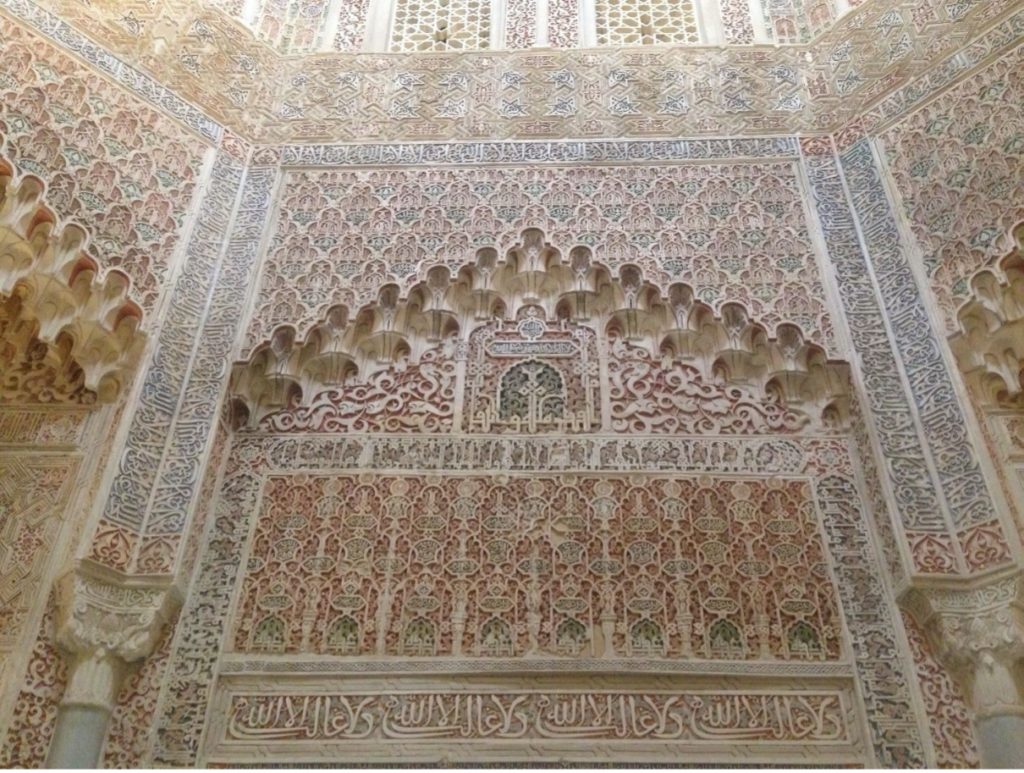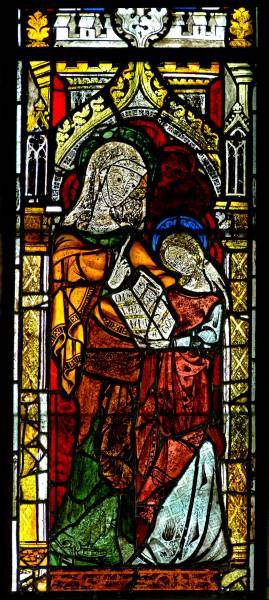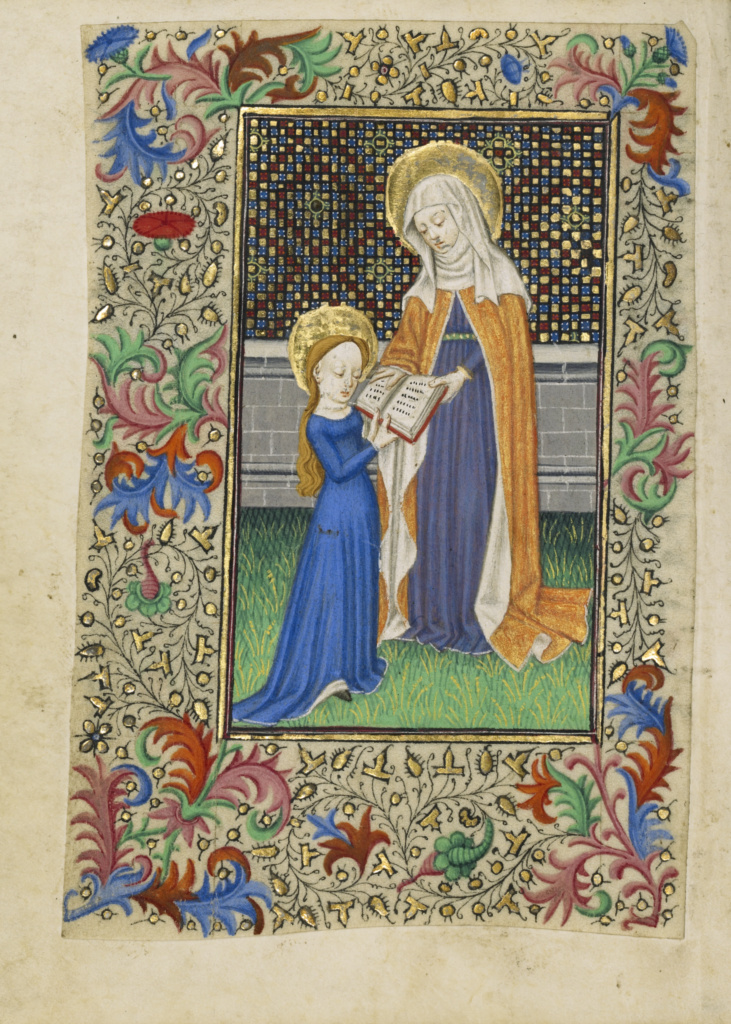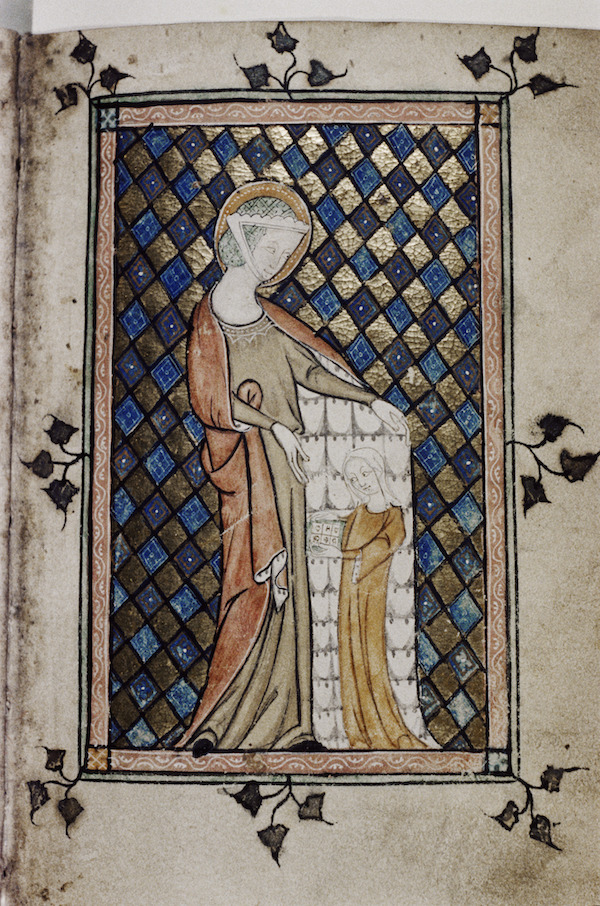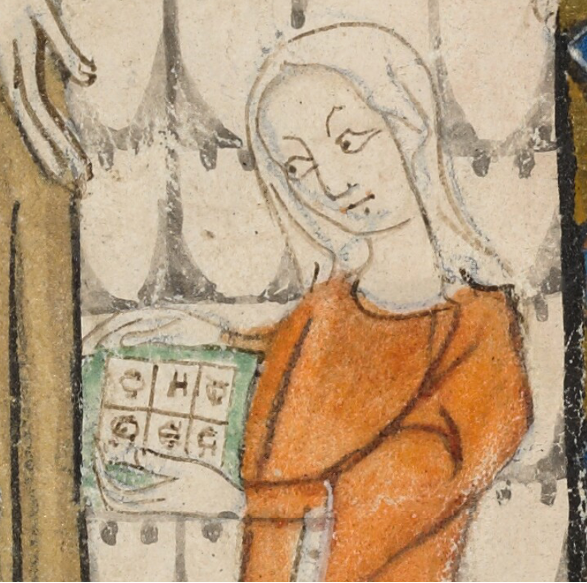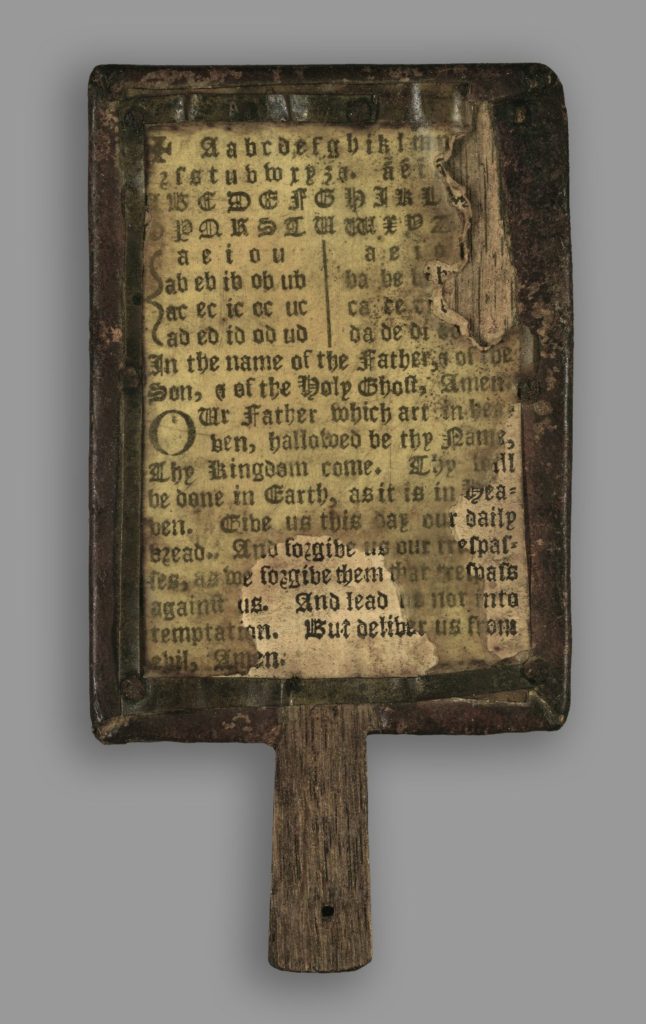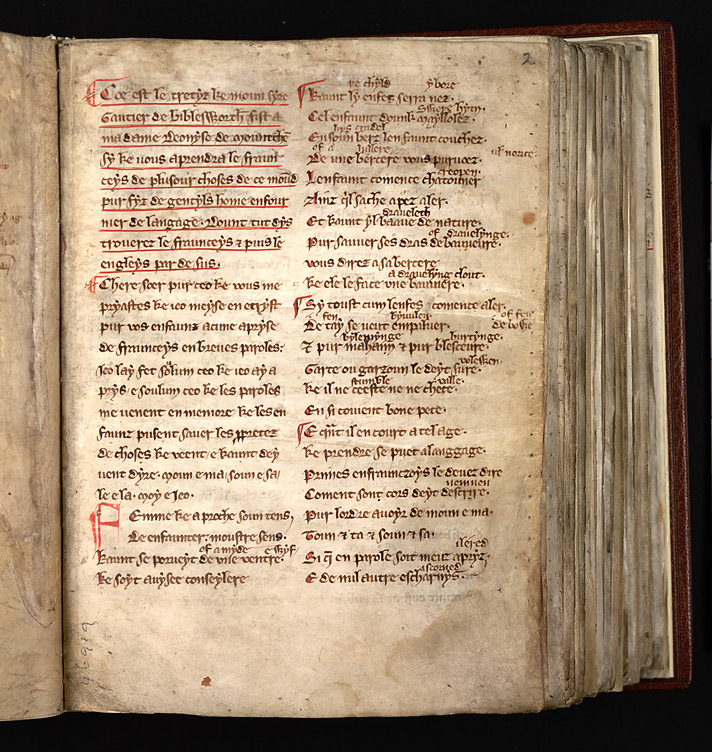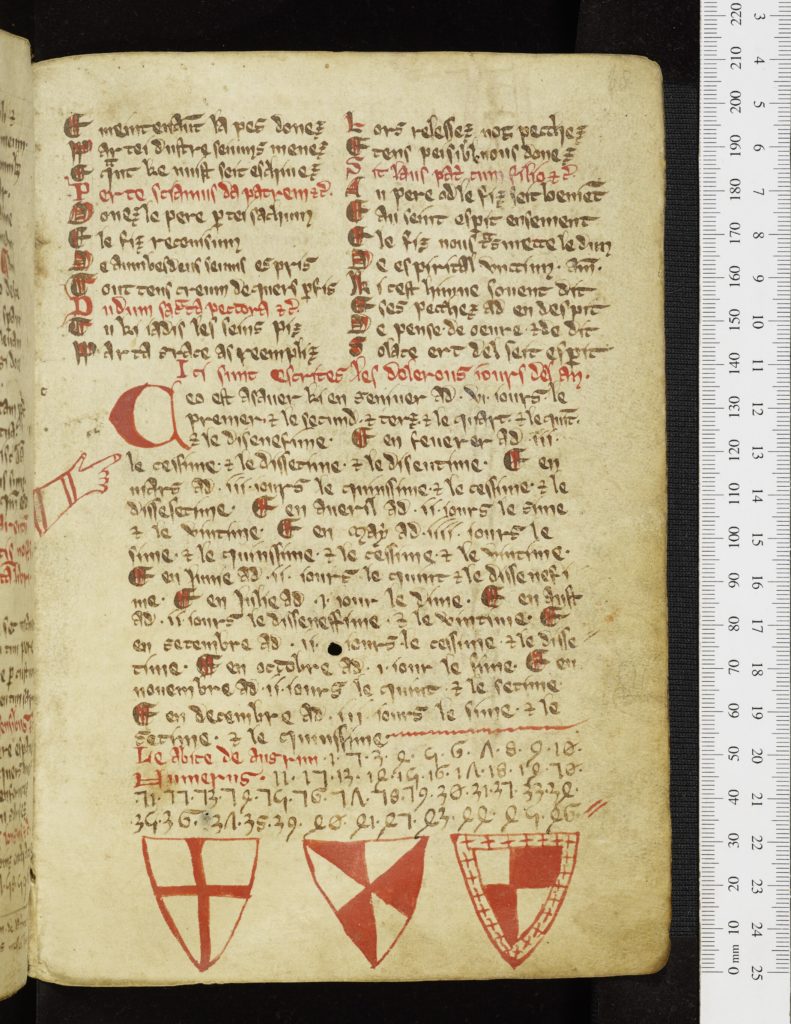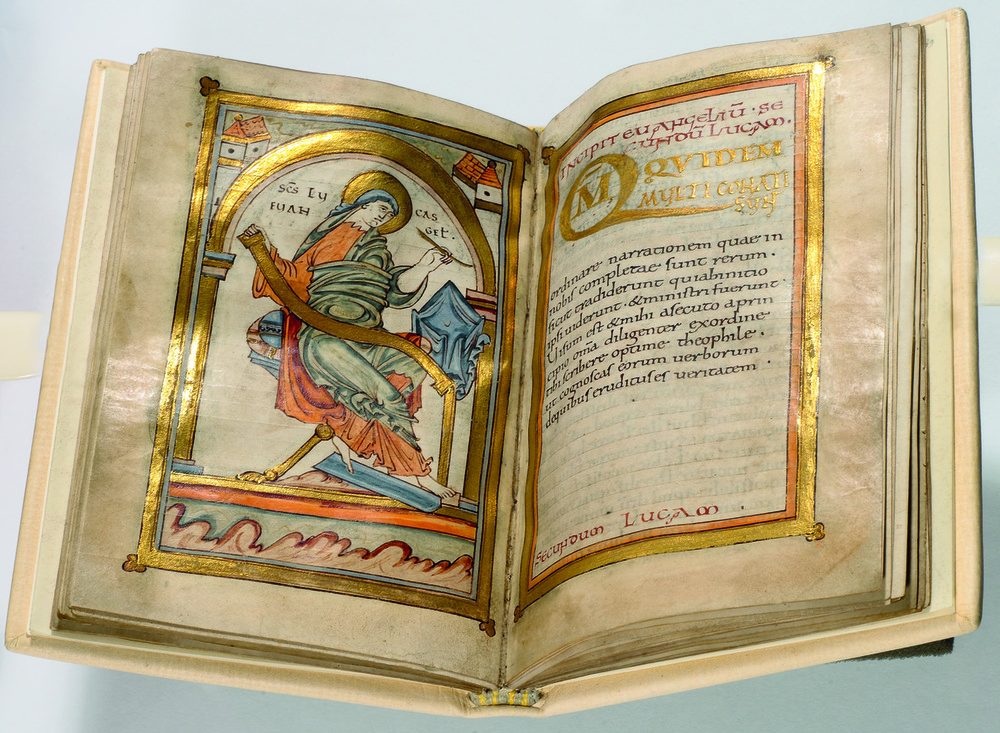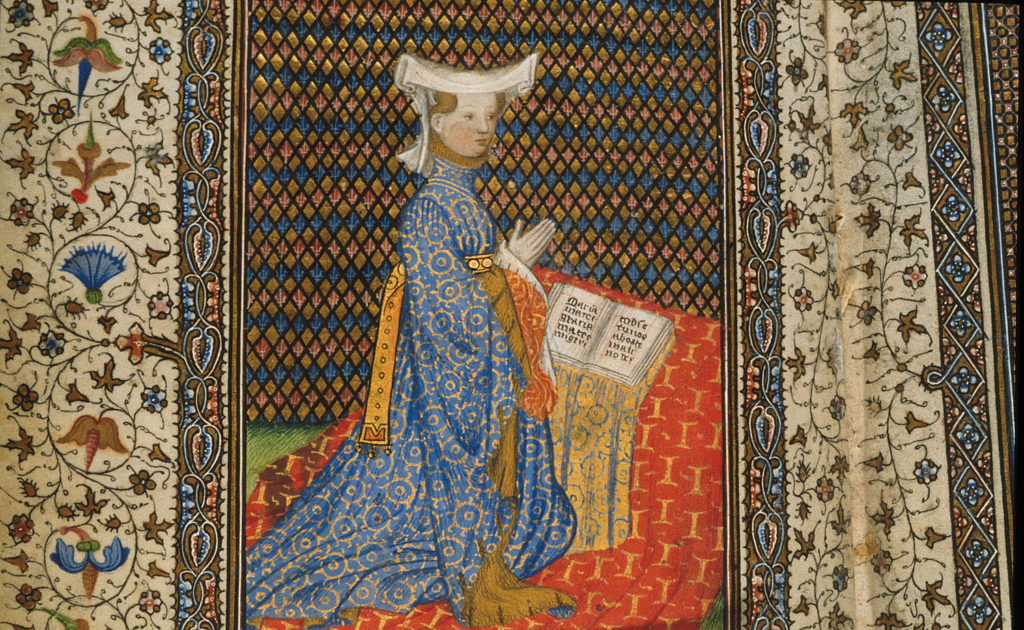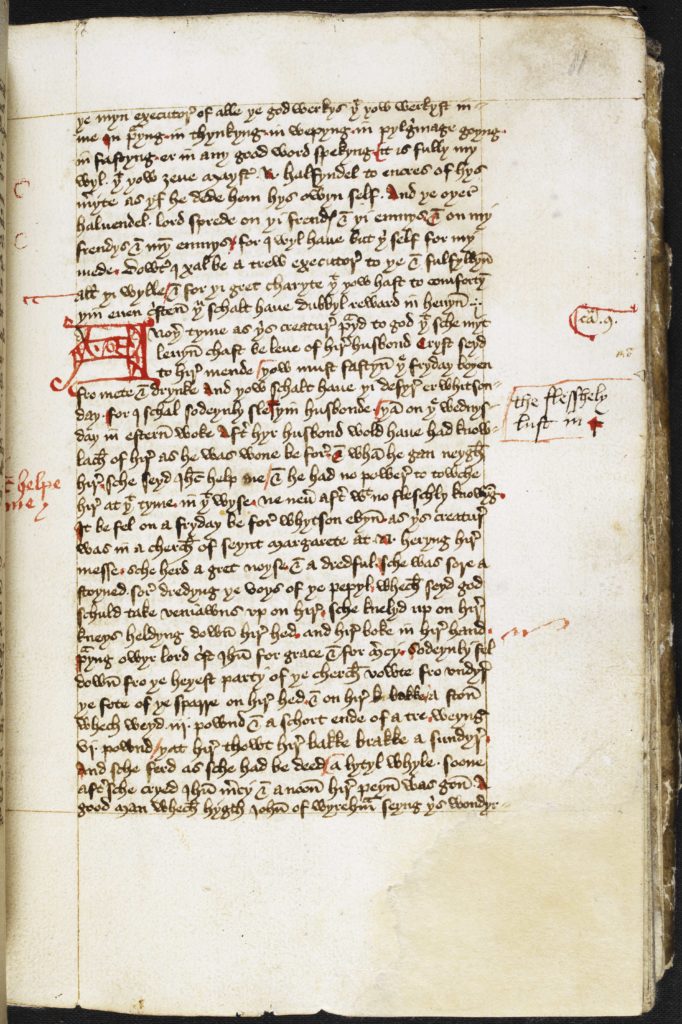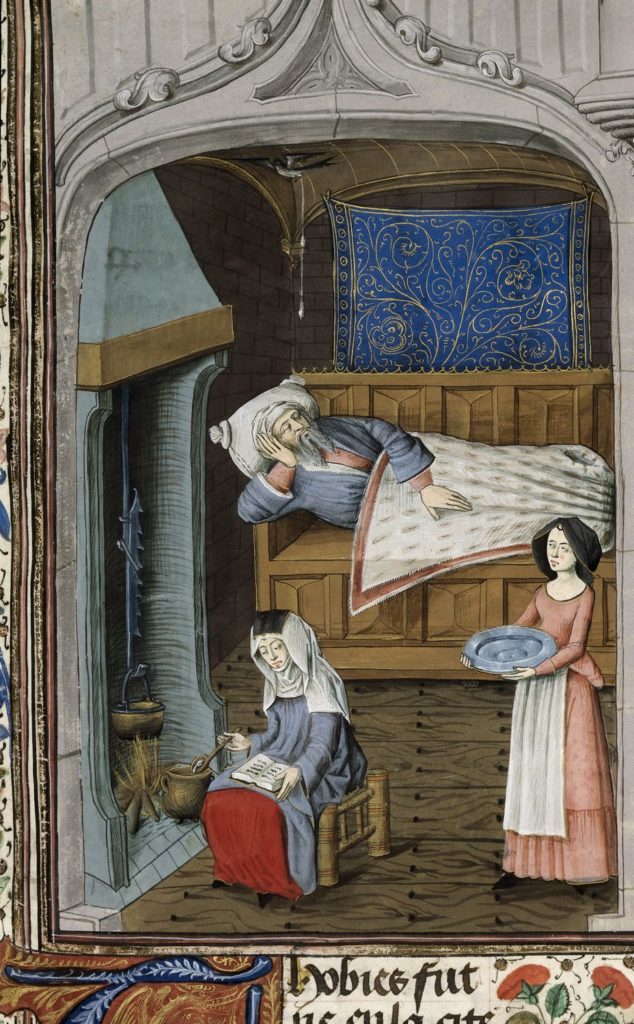When students take a literature class, they often expect the familiar routine: read, analyze, write essays, repeat. But what happens when we shake it up and ask them to step creatively into the voices of the historical figures they’re studying? The results, as I’ve discovered in my teaching, can be transformative.
Benjamin Bloom’s 1956 taxonomy of knowledge, still considered a pedagogical standard (with some revisions), suggests that creating is the highest level of learning. When students can take apart information and put it back together again in a new way, they’ve fully integrated that knowledge into themselves. It’s not just remembering a rote list of facts (level 1) or understanding what those facts means (level 2). It’s not applying facts and ideas to real-world situations (level 3) or analyzing what different components make up ideas (level 4). Nor is it evaluating (level 5) — scrutinizing and making judgments about information and ideas.

When my students turn in creative assignments, I get to see all the levels at work: have they remembered and understood what’s happening in the readings and the historical facts? Have they caught key themes and concepts? Are they able to answer questions about them? Have they correctly identified the components of the information and concepts? Can they judge what is biased versus factual, what information is reliable and what is suspect? And then finally, when they blend it all together in a creative way, I can see what they’ve truly learned. Any concepts they haven’t quite grasped stand out clearly, and we can work on those further.
While I use creative writing in a literature class—a natural fit—it can be used in any subject, in and outside of the humanities. Have your theology student write a letter to God. Have your aerospace engineering student write a story about designing a turbine blade. Have your computer science student write a haiku in binary code. This approach works for any subject matter.
And let’s not forget the importance of fun! These assignments are often far more engaging for students to write than yet another analytical research paper. And they’re more enjoyable for us professors to read too.
If you’re worried about academic rigor, don’t be: you can ask your students to include a short essay reflecting on the process of creation. What sources and research did they engage with? Why did they choose that particular diction and imagery? What parts of the class readings inspired them? (This reflection process also uses Bloom’s highest level, creating).
Reader Responses: A Simple Starting Point
Let me show you one of the simplest ways I use creative assignments: reader responses in my course “Witches, Warriors, and Wonder Women: Women, Power, and Writing in History.” It’s a second-year course that meets both Fine Arts and Literature and Writing Intensive curriculum requirements.
I present the reader responses and creative option in my syllabus this way:
Written reader responses, 15%. Let’s dive into some reader responses! You’ll need to submit 10 of these total (no more than one per module). Each response should be about one double-spaced page. Be sure to turn it in before we discuss that person in class (for example, bring your Joan of Arc response on a day we talk about her). Graded ✓+ (3 points), ✓ (2 points), ✓- (1 point), or 0 points for not turned in.
(a) Feeling creative? You can mix it up! For up to 5 of your responses, write something in the voice of the historical figure we’re studying (like Boudica or Joan of Arc). Just make sure it shows you’ve really connected with the texts.
(b) Prefer prose? Submit 5 or more responses that explore how the historical figure and the texts about her make you think about women, power, and writing. Don’t forget to back up your thoughts with quotes (include page numbers too!).
A surprising number of students choose Option A pretty frequently! (This particular class is in Medieval Studies, cross-listed with English, History, and Gender Studies. It often attracts the lit kids and poets so I know I’m going to get some fantastic creative writing—but students in all majors turn in remarkable work!
Three of my students volunteered to let me publish their writing here.
Boudica: Celtic Warrior Queen

The first piece was written by civil engineering student Kate Ancona in the voice of Boudica, Celtic warrior-queen. We had read Tacitus’s account of Boudica and the uprising she led in about 61 A.D. against the Romans occupying Britain; we had also read William Cowper’s “Boadicea, An Ode” (1782). Kate captured beautiful details from Tacitus (like her flaming hair ) and drew inspiration from Cowper’s metrics. She meditates on Boudica’s iron strength, her fierce warriorhood, her quest for revenge against the violence done to her and her daughters and to her Iceni people.
Queen of the Rebellion
By: Boudica
I stood tall against the storm,
Iron in my veins, a mother’s scorn,
For daughters shamed and lands defiled,
I raised my sword, fierce and wild.
They came with chains, with fire and lies,
But I, Boudica, would not be disguised,
By their power, by their might,
I called my people to the fight.
We lit the night with Roman fear,
For every tear, for every year,
I became the roar of ancient land,
A queen who’d die, but never stand.
In history’s grip, I’ll hold my name,
A woman’s strength, forever flame,
Beneath the earth, my heart may rest,
But my spirit rides, the warrior’s quest.
Lady Brilliana Harley

This second piece was written by psychology student Anastasia Tejeda about a lesser-known aristocratic British woman who perished in the English Civil War while defending her family home. Notice how Anastasia approached the assignment thoughtfully, presenting contextual details about Lady Brilliana and assembling many pieces of information to imagine the rallying speech she might have given before battle. We have diary entries from Lady Brilliana but no account from her during her final siege. We rely instead on the account of an observer, Captain Davies. Anastasia masterfully captures the rallying rhetoric of the battlefield, drawing on Queen Elizabeth’s Speech to the Troops at Tilbury, which we’d read shortly before Lady Brilliana.
Anastasia’s Introduction
Like Joan of Arc and Queen Elizabeth I before her, Lady Brilliana Harley held military command and power during a time of war. Defender of her family’s castle in her husband’s absence during the English Civil War, she endured and emerged victorious as a Parliamentarian in a seven-week-long siege of the estate. Captain Priamus Davies, in his account of the siege, writes of the “honorable and gallant” Lady Harley and her confident, wise, and authoritative leadership (Hudson, The Grand Quarrel, 85). On August 22, 1643, the besieged received intelligence of the “low condition the Parliament party [was in] throughout the kingdom,” encouraging Harley to surrender (Hudson, 88). Yet far from despairing, Davies writes that “the noble lady protested that she would rather choose an honourable death, for she was confident that God would own His cause both in the public and private. We needed no better an encouragement” (Hudson, 89). This is the encouragement I imagine Harley would have given her troops on that night:
The Brampton Bryan Castle Address
My people, we have defended our home well thus far, and by the grace and care of God have proven ourselves brave and steadfast. I pledge to you, my loyal household, that as God has entrusted this estate to me to protect and preserve, He shall not abandon us now. So long as we stand here alive, so too is our cause alive, whatever news we hear from the outside. I urge you to remain firm and fight on against those who dare to make war against God and the sacred institution of Parliament. I will not abandon our commission for reason of fear. We shall fight, and fight nobly, certain of our favor with the Almighty, for should we perish, we shall perish nobly as well, preferring death to cowardice. I am confident in our imminent victory, and the glory and courage with which we will continue to fight until it is ours.
Anastastia’s Reflection on Creative Assignments
In composing a speech in the voice of Lady Harley, I was able to step inside her world, catching a glimpse of her convictions, passions, desires, and dreams, or what they might have been. When writing in prose on a historical figure, I am an outsider, evaluating and interpreting their life, drawing comparisons and conclusions about them. Speaking from the perspective of Lady Harley, I began to ask questions I never had before. What was she feeling at that moment? What were the words she would have said? Why would she choose these words and not others? I stepped into the voice of Lady Harley and learned who she was, not simply what she did.
Joan of Arc

The third piece was written by Megan Ferrello, a history student, about Joan of Arc. Notice how Megan selected key details from Joan’s trials and stories written about her to get into Joan’s inner world. The only compositions we have directly from Joan—and even these are not certain—are a few letters written from the battlefield to rulers and to French cities. Megan pulled together details from various sources written about Joan, including her trial testimony, to weave a beautiful picture. Megan’s deliberate punctuation choices also reveal much about how she imagines Joan’s voice.
Joan of Arc: Reader Response—Poem
I led men into combat
And it’s true I dressed as them
But I battled under God’s order
So why see me and condemn?
I have been beaten and battered and bruised
But those were physical attacks
I fear this quarrel you’ve brought me to
Is something that from which I cannot come back
My only desire was to serve Him
And perhaps in the end I did
Yet the words of earthly men scream louder
My actions they forbid
Like my holy Mother
I remain untouched
Though fire and flame consume me
My purity I still clutch
I cry for Michael, for Catherine, for Margaret
For they have never led me wrong
I remain steadfast in my devotion
So, to Heaven’s arms I now belong
They labeled me a heretic and an idolater
But history will know the truth
Of a girl who fought for God and Country
Who was taken down in her youth
While my end was unjust, you must remember
How the story did actually end
Not of the flames, and the tears, and the dread
But of the maiden who refused to bend
Megan’s Reflection on Creative Assignments
I really enjoyed having the creative options for reader responses, as I loved to write poetry when I was young, and these assignments have gotten me back into it! It even enabled me to choose creative alternatives in other classes, which is unusual for me, since the feedback I received from completing poems in Witches, Warriors, and Wonder Women helped me grow in my confidence! I loved putting myself in the mind of the historical woman, and I think it allowed me to read the primary sources at a deeper level.
The Impact: What Creative Writing Reveals
See what happens when students move beyond traditional analysis into creativity? Each student discovered something different through the creative process—not just about their historical subjects, but about their own capacity for empathy, research, and synthesis. They weren’t just analyzing these women’s experiences; they were wrestling with the same questions of power, identity, and purpose that their subjects faced.
Creative writing assignments don’t replace rigorous analysis; they enhance it. When students create an imagined narrative or commentary, they engage more deeply with primary sources, consider multiple perspectives, and grapple with ambiguity in ways that traditional essays sometimes miss. They move from studying history to experiencing it, from analyzing literature to creating it.
Whatever you teach, consider how creative assignments might transform your students’ relationship with your subject matter. The results might surprise you—and them.
Megan J. Hall, Ph.D.
Associate Director
Medieval Institute
University of Notre Dame
